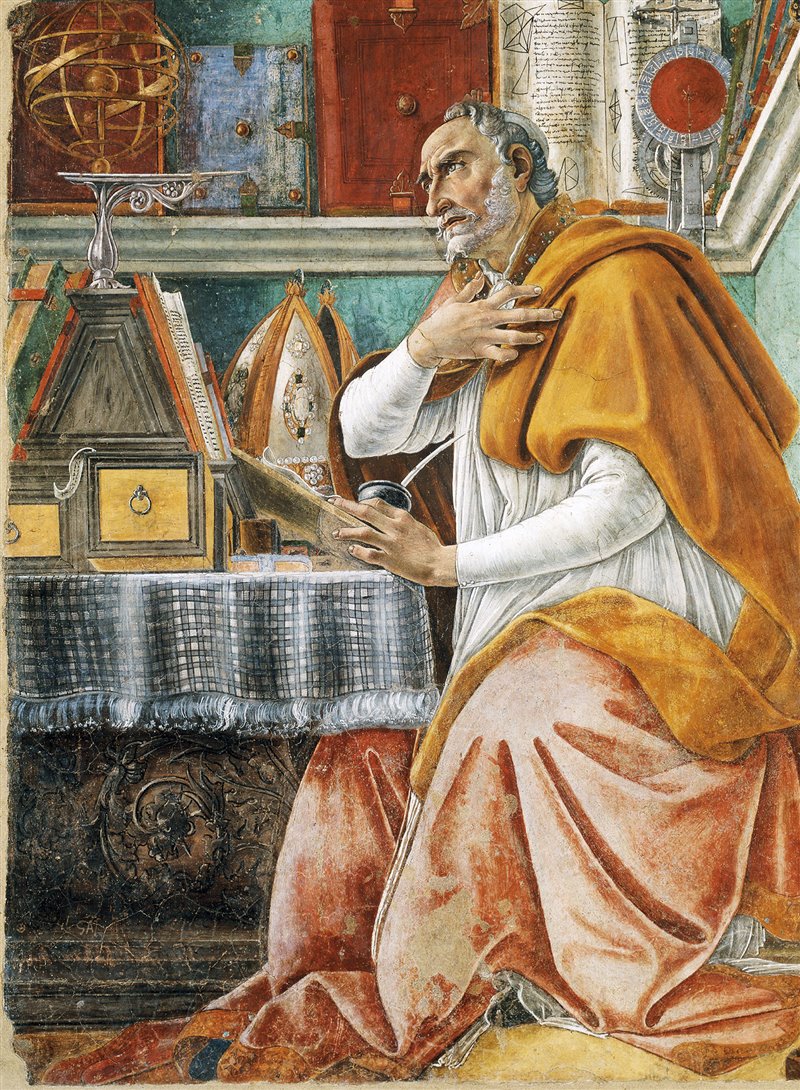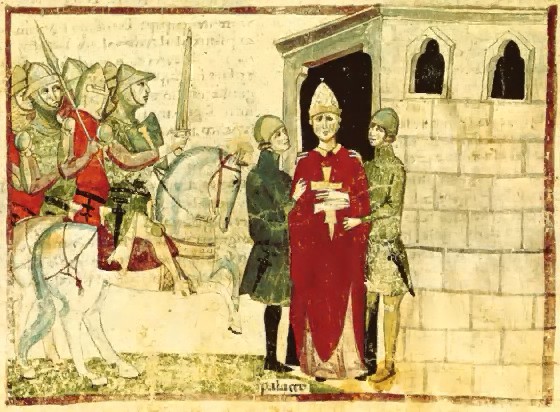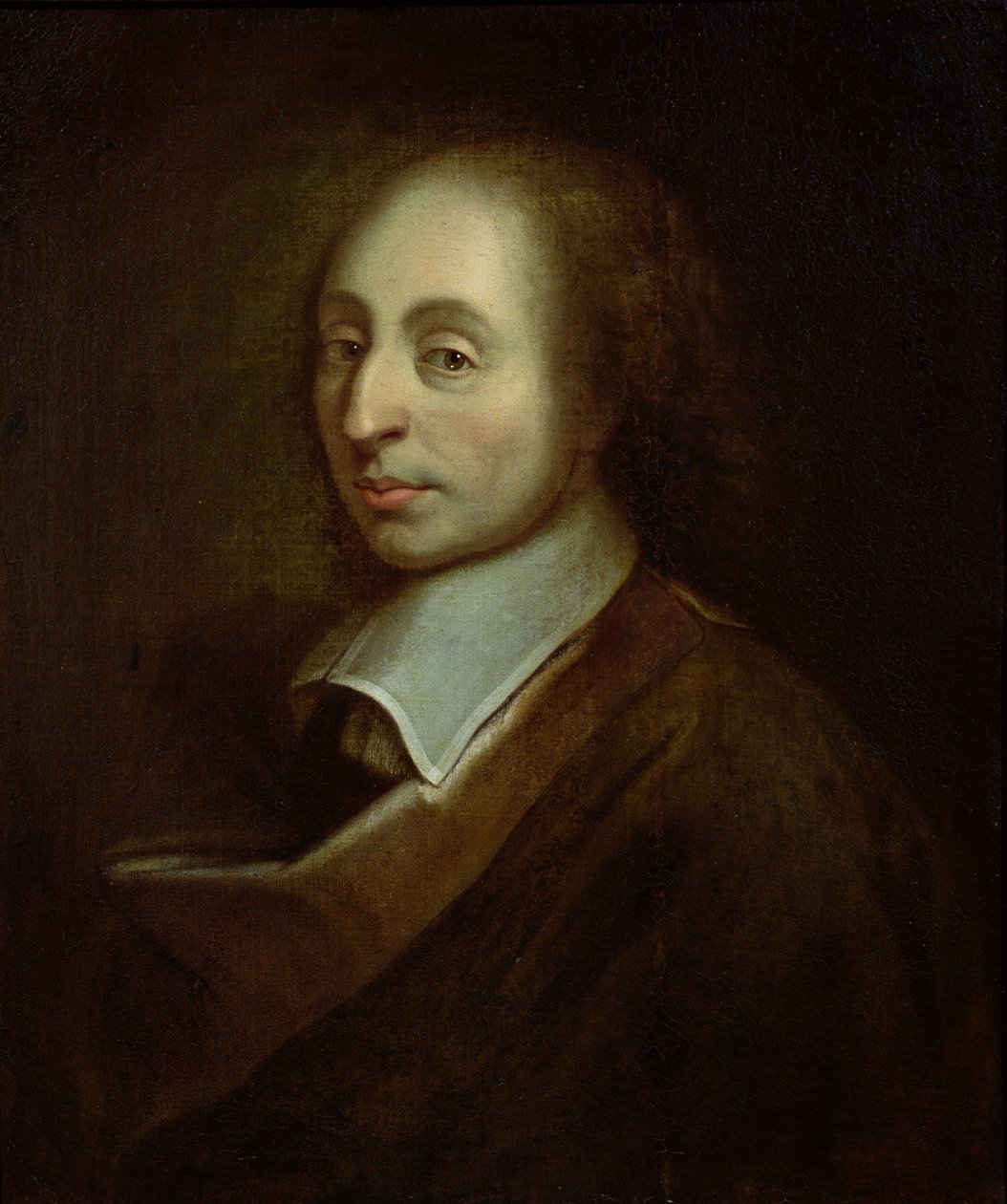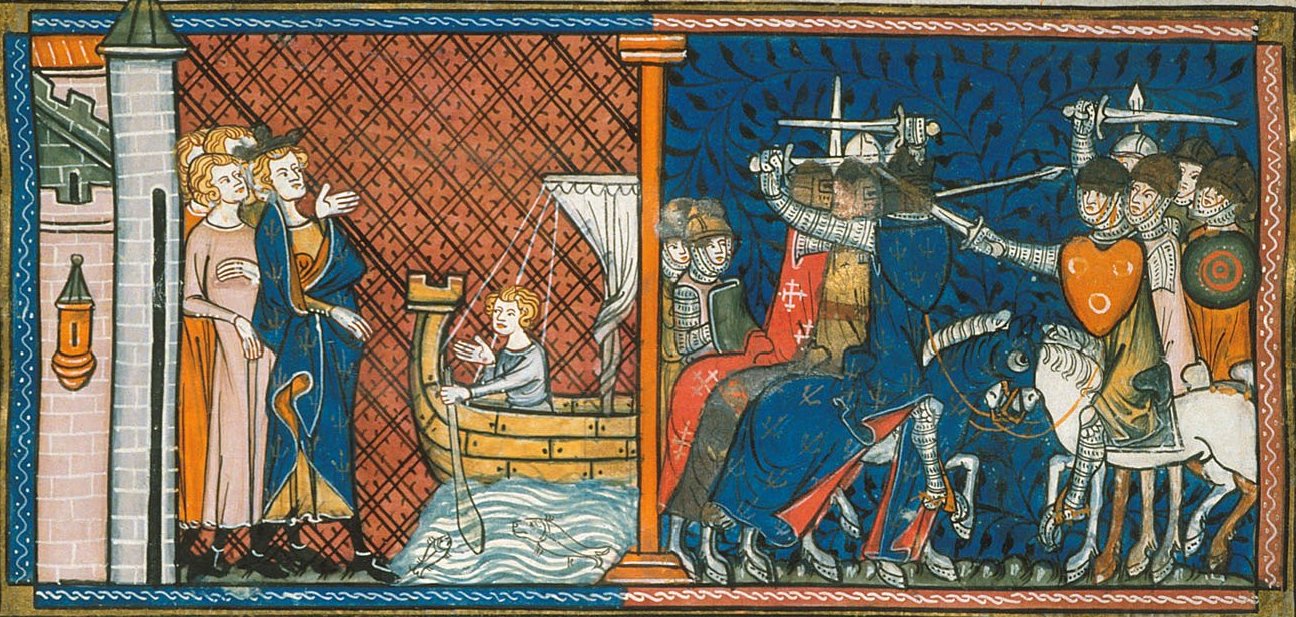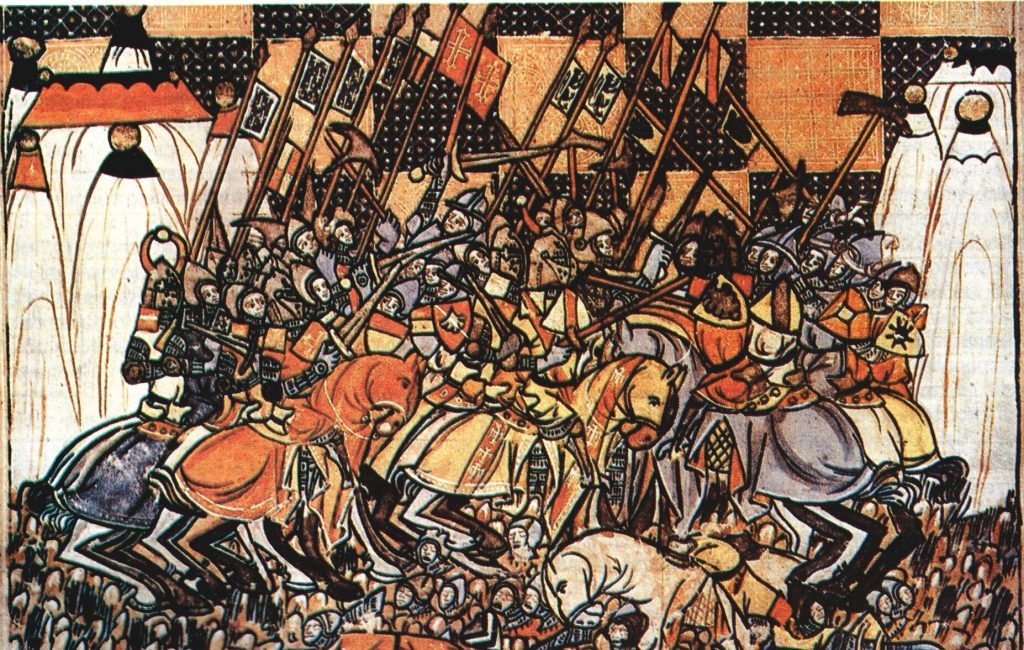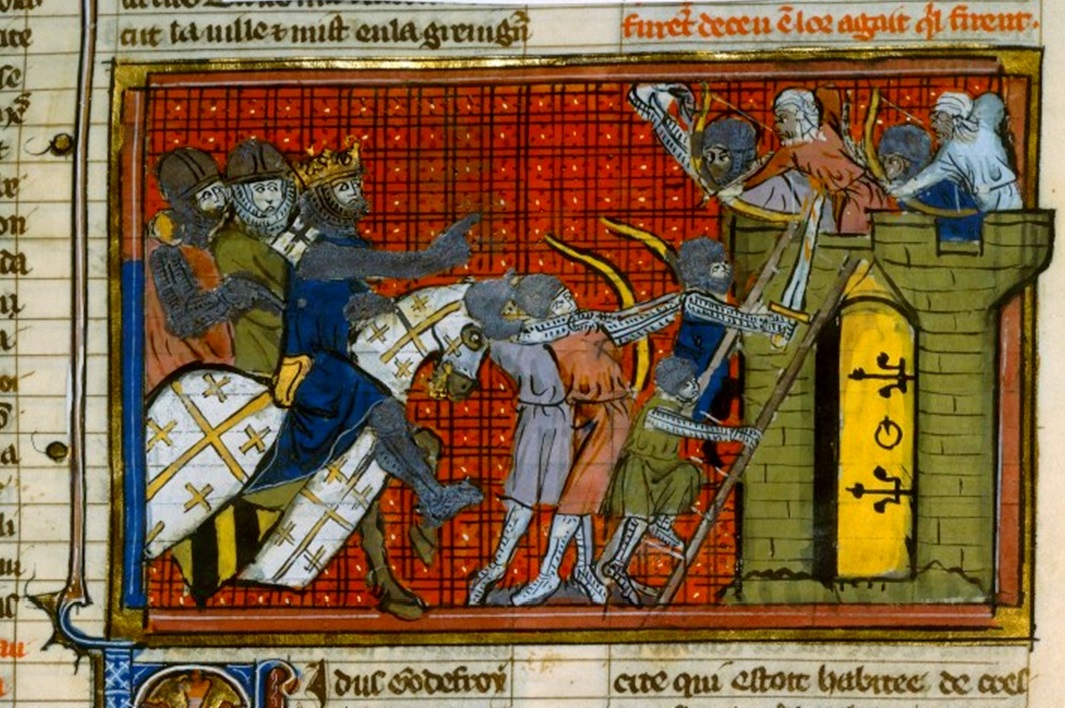La mistica renana è una delle espressioni più significative della spiritualità medievale europea. Si sviluppò tra il XIII e il XIV secolo lungo il bacino del Reno, in un’area comprendente le città di Colonia, Strasburgo e Magonza, e rappresentò un momento di straordinaria intensità religiosa e intellettuale. Non si trattò di una scuola teologica compatta o di un movimento istituzionalizzato, ma di un insieme di autori e autrici, per lo più legati all’ambiente domenicano o a gruppi spirituali laici, che condividevano una profonda attenzione all’interiorità e all’esperienza personale del divino.
La mistica renana emerse in un contesto segnato da crisi e trasformazioni profonde: l’autorità ecclesiastica era in discussione, nuovi movimenti religiosi ponevano l’accento sulla povertà evangelica, e nelle città in crescita si sviluppavano forme nuove di devozione. In quel contesto, la religione assunse anche un volto soggettivo, intimo, e si aprì all’analisi della coscienza.
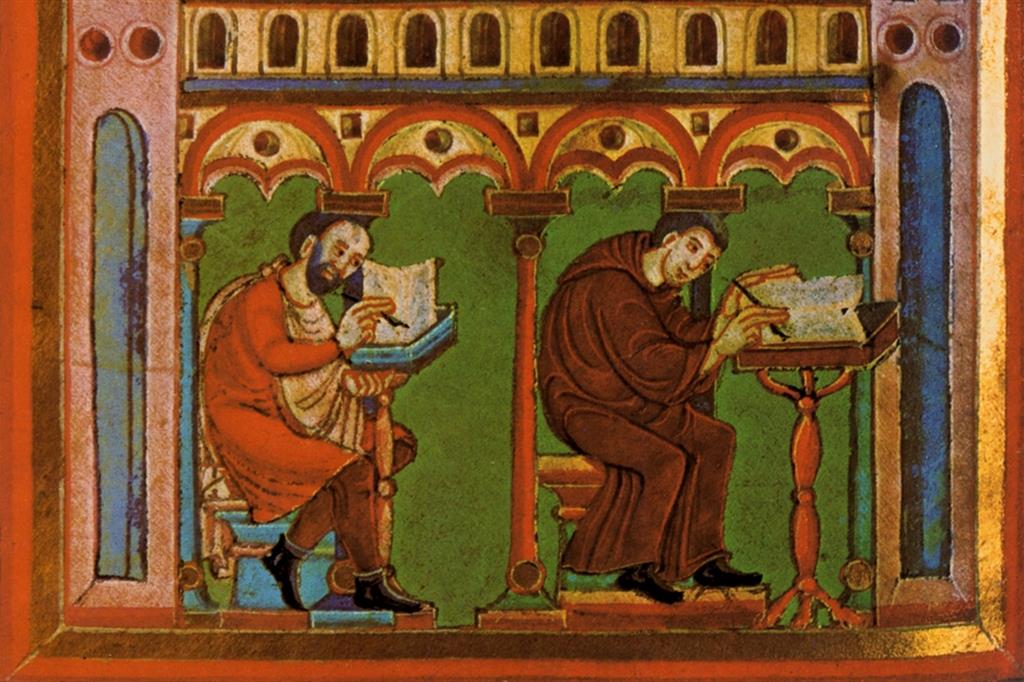
Al centro della riflessione mistica vi era l’idea che l’essere umano potesse unirsi a Dio in modo diretto, senza mediazioni esterne, attraverso un cammino di svuotamento, silenzio e trasformazione interiore. Tale cammino è tutt’altro che passivo: richiede disciplina, consapevolezza e un distacco radicale da tutto ciò che è mondano o egoico. Il cuore della mistica renana è la convinzione che Dio non sia altro da cercare fuori, ma sia già presente nell’anima, in una scintilla profonda e nascosta che attende solo di essere riconosciuta. L’interiorità, dunque, diventa il luogo della rivelazione. Questa consapevolezza, tuttavia, non nasce solo da una speculazione intellettuale, ma da una pratica spirituale concreta, spesso dura, segnata dalla solitudine, dalla contemplazione e anche dalla sofferenza.
La figura più emblematica di questa corrente è Meister Eckhart, frate domenicano nato intorno al 1260. Teologo raffinato, maestro universitario e predicatore, Eckhart ha lasciato un’opera vasta e complessa, composta in parte in latino, per gli ambienti accademici, e in parte in tedesco, per i fedeli. Il suo pensiero ruota intorno a un concetto radicale di Dio come realtà assoluta, oltre ogni immagine, ogni nome, ogni rappresentazione. Dio è l’Essere stesso, o addirittura il Nulla che è più dell’essere. L’anima, per incontrare Dio, deve diventare come Lui: pura, vuota, spoglia di ogni desiderio e identità. La chiave di questo processo è il “distacco”, cioè la capacità di non essere legati a nulla, nemmeno a sé stessi. Solo nel vuoto totale l’anima può accogliere la “nascita di Dio” in sé, un’idea centrale in Eckhart, che non si riferisce alla nascita storica di Cristo ma a un evento interiore, quotidiano, che si verifica ogniqualvolta l’anima si apre davvero al divino. In questa prospettiva, l’unione mistica non è fusione emotiva o estasi ma una consapevolezza lucida e profonda di essere una cosa sola con il fondamento di tutto.
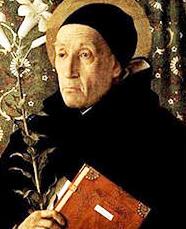 Accanto a Eckhart si colloca Johannes Tauler, anch’egli domenicano, ma di temperamento più pratico e pastorale. Vissuto tra il 1300 e il 1361, Tauler è noto per le sue prediche, rivolte non solo ai monaci ma anche a laici spiritualmente impegnati, in particolare donne appartenenti ai circoli delle beghine. Il suo stile è meno astratto di quello di Eckhart e più attento alla concretezza della vita spirituale. Tauler parla dell’importanza dell’umiltà, della pazienza nella sofferenza, del lavoro interiore come via per accogliere la grazia divina. Anche per lui Dio abita nel profondo dell’anima, ma il cammino per raggiungerlo passa attraverso prove, silenzi e oscurità interiori. Il mistico, nella visione di Tauler, non è qualcuno che fugge dal mondo, ma colui che impara a vivere in esso con uno sguardo purificato, capace di vedere il divino anche nella fatica quotidiana.
Accanto a Eckhart si colloca Johannes Tauler, anch’egli domenicano, ma di temperamento più pratico e pastorale. Vissuto tra il 1300 e il 1361, Tauler è noto per le sue prediche, rivolte non solo ai monaci ma anche a laici spiritualmente impegnati, in particolare donne appartenenti ai circoli delle beghine. Il suo stile è meno astratto di quello di Eckhart e più attento alla concretezza della vita spirituale. Tauler parla dell’importanza dell’umiltà, della pazienza nella sofferenza, del lavoro interiore come via per accogliere la grazia divina. Anche per lui Dio abita nel profondo dell’anima, ma il cammino per raggiungerlo passa attraverso prove, silenzi e oscurità interiori. Il mistico, nella visione di Tauler, non è qualcuno che fugge dal mondo, ma colui che impara a vivere in esso con uno sguardo purificato, capace di vedere il divino anche nella fatica quotidiana.
Un’altra figura importante è Enrico Suso, nato nel 1295. Rispetto a Eckhart e Tauler, Suso ha un tono più lirico, più affettivo, più incline all’espressione poetica. La sua mistica è caratterizzata da un linguaggio amoroso, spesso ardente, che descrive la relazione con Dio come una storia d’amore intensa, a tratti dolorosa, ma sempre carica di bellezza. Nei suoi scritti, Suso racconta visioni, dialoghi interiori, esperienze mistiche in cui l’anima si sente attratta, bruciata, trasformata dalla presenza divina. La sua è una spiritualità profondamente incarnata, dove il corpo e il cuore partecipano alla ricerca del divino. Non a caso, Suso descrive anche esperienze di sofferenza volontaria, vissute come atti di amore puro verso Dio.
Accanto ai grandi nomi maschili, la mistica renana include voci femminili straordinarie, come quelle di Mechthild di Magdeburgo e Margherita Porete. Mechthild, autrice della Luce fluente della divinità, scrive in volgare tedesco e descrive una mistica dell’amore in termini potenti, a volte spiazzanti. Per lei, l’anima è come una donna che cerca Dio con passione, che lo desidera e che soffre per la sua assenza. Margherita Porete, invece, è una figura tragica: autrice dello Specchio delle anime semplici, fu accusata di eresia e bruciata sul rogo nel 1310. Il suo libro, letto e apprezzato da molti mistici, incluso Tauler, propone una spiritualità radicale, in cui l’anima giunta alla perfezione non ha più bisogno nemmeno delle virtù o dei sacramenti, perché vive immersa nell’amore puro di Dio. La sua visione, estrema e audace, sfida le categorie della teologia ufficiale.
Tra i grandi temi della mistica renana, l’unione mistica con Dio è senza dubbio il principale. Non si tratta di un’unione metaforica, ma di un’esperienza concreta in cui l’anima cessa di percepirsi come separata da Dio. Questa esperienza non è automatica né concessa a tutti: richiede un cammino esigente di purificazione. Il distacco, infatti, è un altro cardine del pensiero renano. Per incontrare Dio, bisogna liberarsi di ogni attaccamento, non solo ai beni materiali ma anche alle proprie opinioni, ai propri desideri, persino alla secondo una formula ricorrente.
In questo cammino di svuotamento, l’interiorità gioca un ruolo centrale. Dio non si cerca fuori, nei riti o nei simboli esteriori, ma si riconosce nel fondo dell’anima, in quella “scintilla” che è già divina. Tuttavia, per accedervi è necessario il silenzio, non solo esterno ma soprattutto interiore. La contemplazione diventa allora un atto di ascolto profondo, in cui l’anima si fa vuota per accogliere l’ineffabile.
Infine, la sofferenza assume nella mistica renana un valore redentivo. Non viene cercata in modo morboso, ma accettata come via per spogliarsi del superfluo, come occasione per affidarsi totalmente a Dio. L’anima, purificata dalla prova, diventa capace di una fede più pura, più libera, più matura.
L’eredità della mistica renana è stata ampia e profonda. Ha influenzato la spiritualità cattolica e anche quella protestante. Martin Lutero, ad esempio, pur criticando molte forme di misticismo, lesse con attenzione Tauler e lo considerò un testimone autentico della fede. Più avanti, nel XVII secolo, il pensiero di Eckhart sarebbe stato riscoperto anche da mistici protestanti come Jakob Böhme e da pensatori spirituali di area tedesca. Nel Novecento, filosofi come Martin Heidegger sarebbero tornati a interrogarsi sul linguaggio e sull’ontologia eckhartiana, trovando nella sua riflessione sull’essere e sul nulla intuizioni ancora attuali.
La mistica renana, pur appartenendo a un’epoca lontana, continua a parlare a chi cerca una spiritualità essenziale, profonda, non dogmatica. Il suo messaggio – che Dio è dentro, che bisogna svuotarsi per riempirsi, che il silenzio può essere più eloquente della parola – resta uno dei lasciti più intensi e provocatori del Medioevo cristiano.



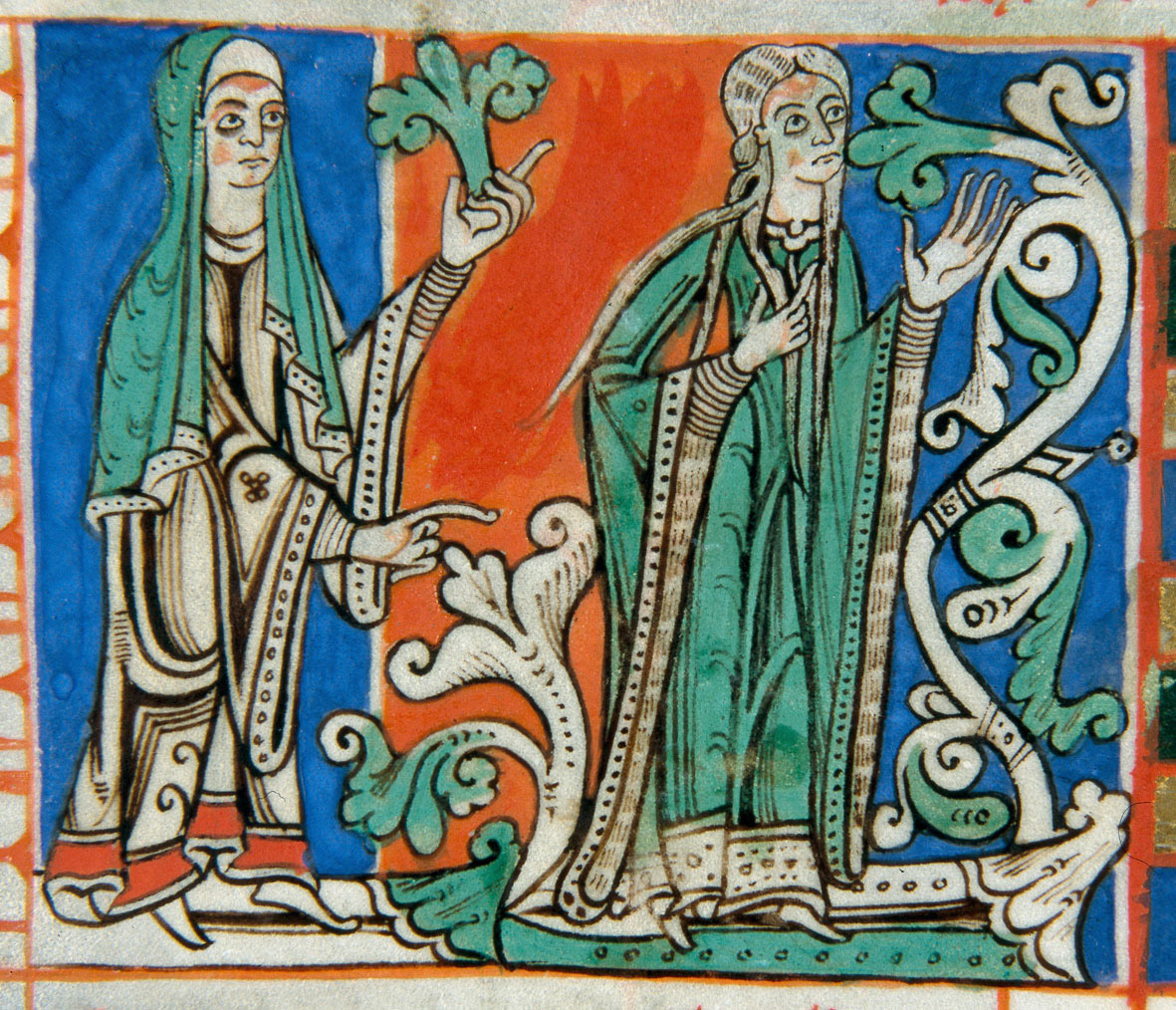
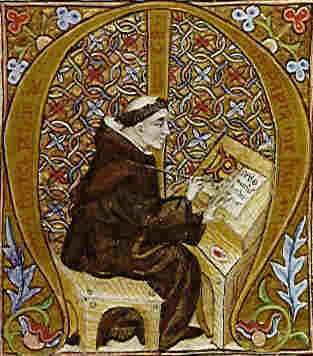
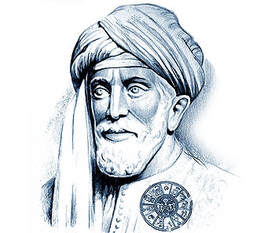
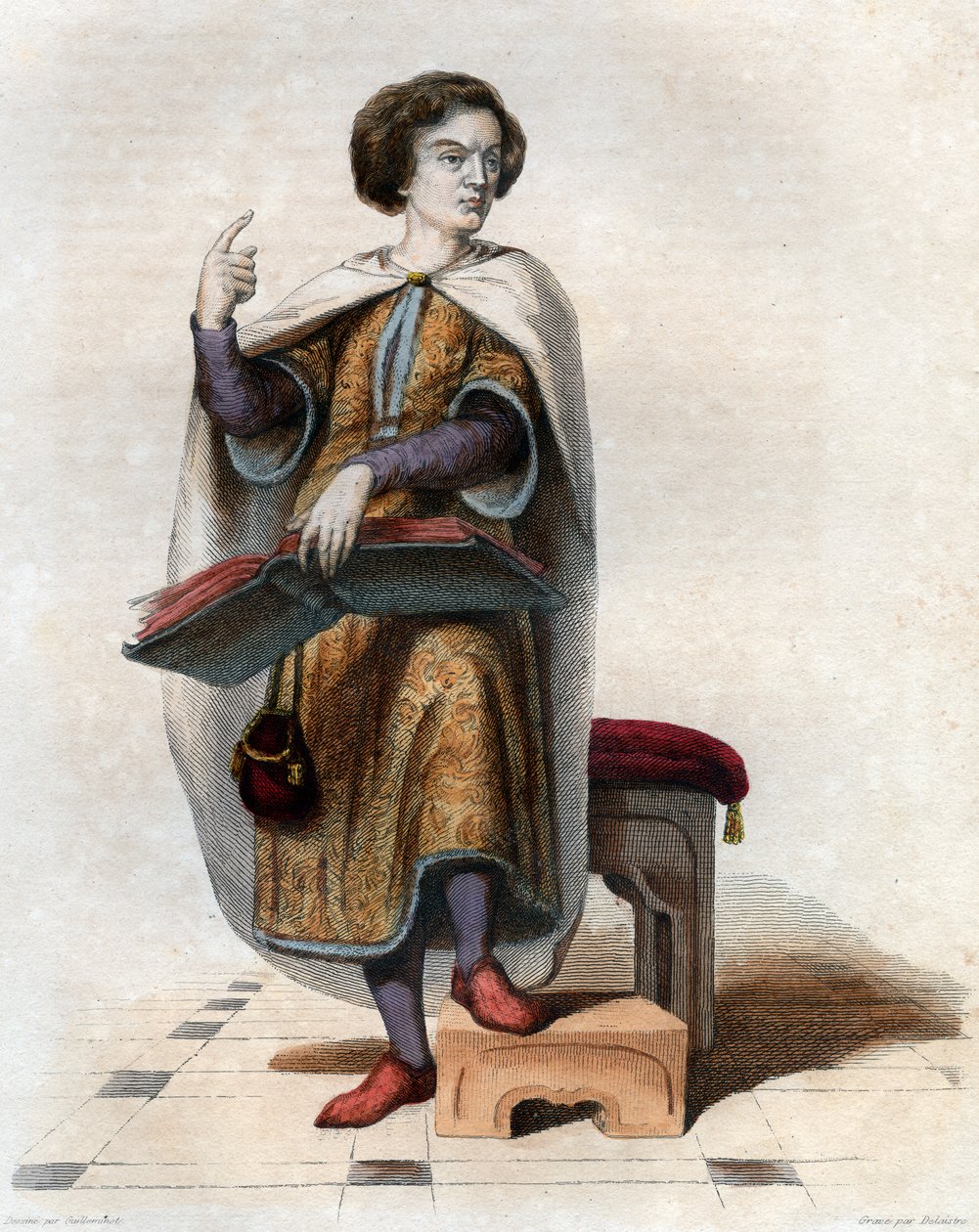
 La favola della botte (A Tale of a Tub) è una delle opere satiriche più complesse e provocatorie di Jonathan Swift. Questo testo, utilizzando uno stile ironico e una struttura frammentaria che mescola narrazione, parodia e digressioni, costituisce un attacco feroce alla corruzione religiosa e intellettuale del suo tempo. L’opera, fin dalla sua pubblicazione, suscitò grande scalpore, attirando su Swift accuse di empietà e minando la sua carriera ecclesiastica. Tuttavia, proprio questa sua audacia e l’abilità con cui l’autore gioca con il linguaggio e le idee l’hanno resa un capolavoro della letteratura satirica.
La favola della botte (A Tale of a Tub) è una delle opere satiriche più complesse e provocatorie di Jonathan Swift. Questo testo, utilizzando uno stile ironico e una struttura frammentaria che mescola narrazione, parodia e digressioni, costituisce un attacco feroce alla corruzione religiosa e intellettuale del suo tempo. L’opera, fin dalla sua pubblicazione, suscitò grande scalpore, attirando su Swift accuse di empietà e minando la sua carriera ecclesiastica. Tuttavia, proprio questa sua audacia e l’abilità con cui l’autore gioca con il linguaggio e le idee l’hanno resa un capolavoro della letteratura satirica. 
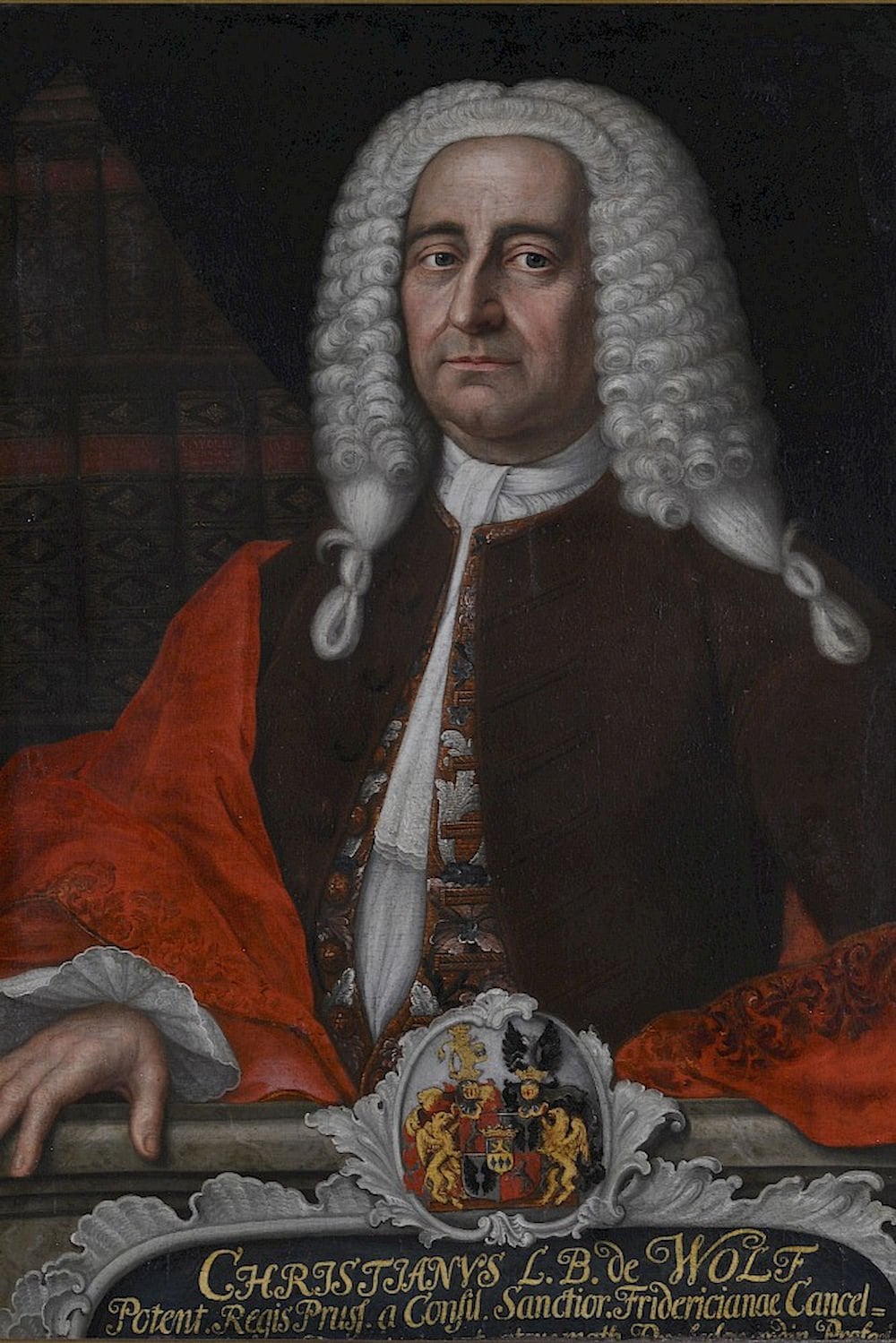
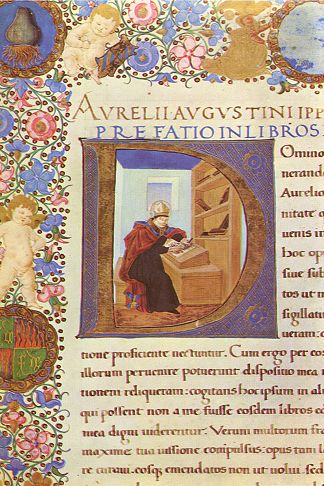 Il De ordine è un’opera giovanile di Agostino, composta tra il 386 e il 387 d.C., poco prima del suo battesimo e della definitiva conversione al cristianesimo. Questo testo appartiene a un ciclo di dialoghi scritti in un momento fondamentale della vita del filosofo, quando il suo pensiero stava abbandonando le certezze del manicheismo per avvicinarsi alla filosofia neoplatonica e, infine, alla fede cristiana. L’opera affronta una delle questioni capitali della riflessione filosofica e teologica: l’esistenza di un ordine nel mondo e la relazione tra questo ordine e il problema del male. La scrittura del De ordine avvenne durante il soggiorno di Agostino nella villa di Verecondo, a Cassiciaco, una fase che rappresentò un vero e proprio ritiro spirituale e intellettuale. Insieme ad amici e discepoli, il filosofo si dedicò alla riflessione e alla discussione filosofica, adottando il metodo dialogico ispirato ai modelli platonici. Il testo si sviluppa in due libri, in cui Agostino si confronta con l’idea di ordine universale e cerca di conciliare la presenza del male con la bontà divina.
Il De ordine è un’opera giovanile di Agostino, composta tra il 386 e il 387 d.C., poco prima del suo battesimo e della definitiva conversione al cristianesimo. Questo testo appartiene a un ciclo di dialoghi scritti in un momento fondamentale della vita del filosofo, quando il suo pensiero stava abbandonando le certezze del manicheismo per avvicinarsi alla filosofia neoplatonica e, infine, alla fede cristiana. L’opera affronta una delle questioni capitali della riflessione filosofica e teologica: l’esistenza di un ordine nel mondo e la relazione tra questo ordine e il problema del male. La scrittura del De ordine avvenne durante il soggiorno di Agostino nella villa di Verecondo, a Cassiciaco, una fase che rappresentò un vero e proprio ritiro spirituale e intellettuale. Insieme ad amici e discepoli, il filosofo si dedicò alla riflessione e alla discussione filosofica, adottando il metodo dialogico ispirato ai modelli platonici. Il testo si sviluppa in due libri, in cui Agostino si confronta con l’idea di ordine universale e cerca di conciliare la presenza del male con la bontà divina.